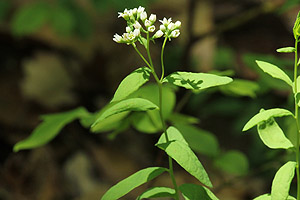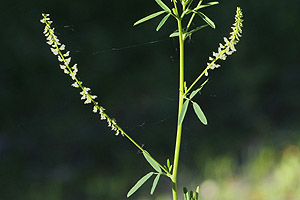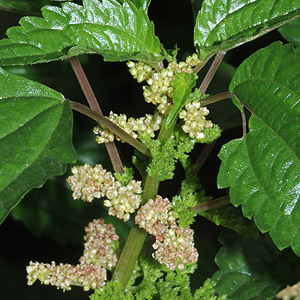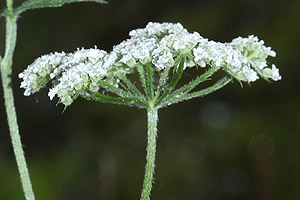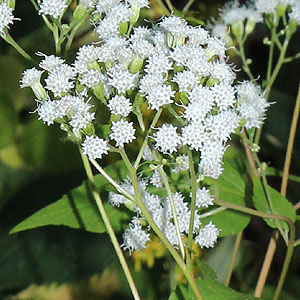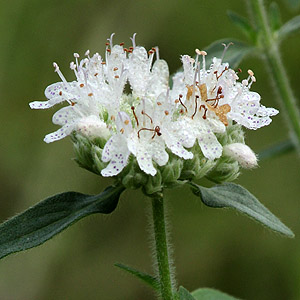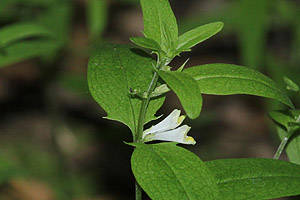|
This
section
of
Plant
Finder
is
about
(herbaceous)
plants
with
white
flowers.
It
relies
heavily
on
characteristics
of
the
inflorescences
of
the
included
set
of
plants.
You
will
need
to
understand
how
I'm
using
the
term
"inflorescence"
in
this
resource. In
the
most
general
sense,
the
term
"inflorescence"
can
be
understood
to
mean
"the
place
on
a
plant
where
the
flowers
are
located".
For
relatively
small
plants,
with
but
a
few
flowers,
that
definition
will
be
adequate.
However,
for
larger
plants,
especially
those
with
many
branches
or
many
flowers,
we'll
need
a
more
robust
definition. Different
botanical
authors
use
different
definitions
of
the
term
"inflorescence".
For
example,
Gleason
and
Cronquist
(1991)
use
the
following:
"A
flower
cluster
of
a
plant;
the
arrangement
of
the
flowers
on
the
axis." What
did
they
mean
by
"axis"?
Haines
(2011)
provides
a
clue
in
his
defintion:
[An
inflorescence
is
an]
"arrangement
of
flowers
on
a
stem
or
branch." So,
a
stem
or
branch
can
serve
as
an
"axis".
Thus,
larger,
more
branched
plants
with
lots
of
flowers,
may
potentially
have
multiple
inflorescences.
The
particular
characteristics
of
each
inflorescence
may
vary
from
species
to
species. There
are
numerous
technical
terms
used
to
distinguish
between
types
of
inflorescences,
such
as,
raceme,
spike,
corymb,
panicle,
umbel
and
cyme.
In
this
key
we
won't
require
users
to
be
familiar
with
any
of
those
terms.
We
will
describe
inflorescences
in
non-technical
English
words.
Let's
look
at
some
examples,
below. Examples
of
Inflorescences
(See
brief
definitions
below.) |
